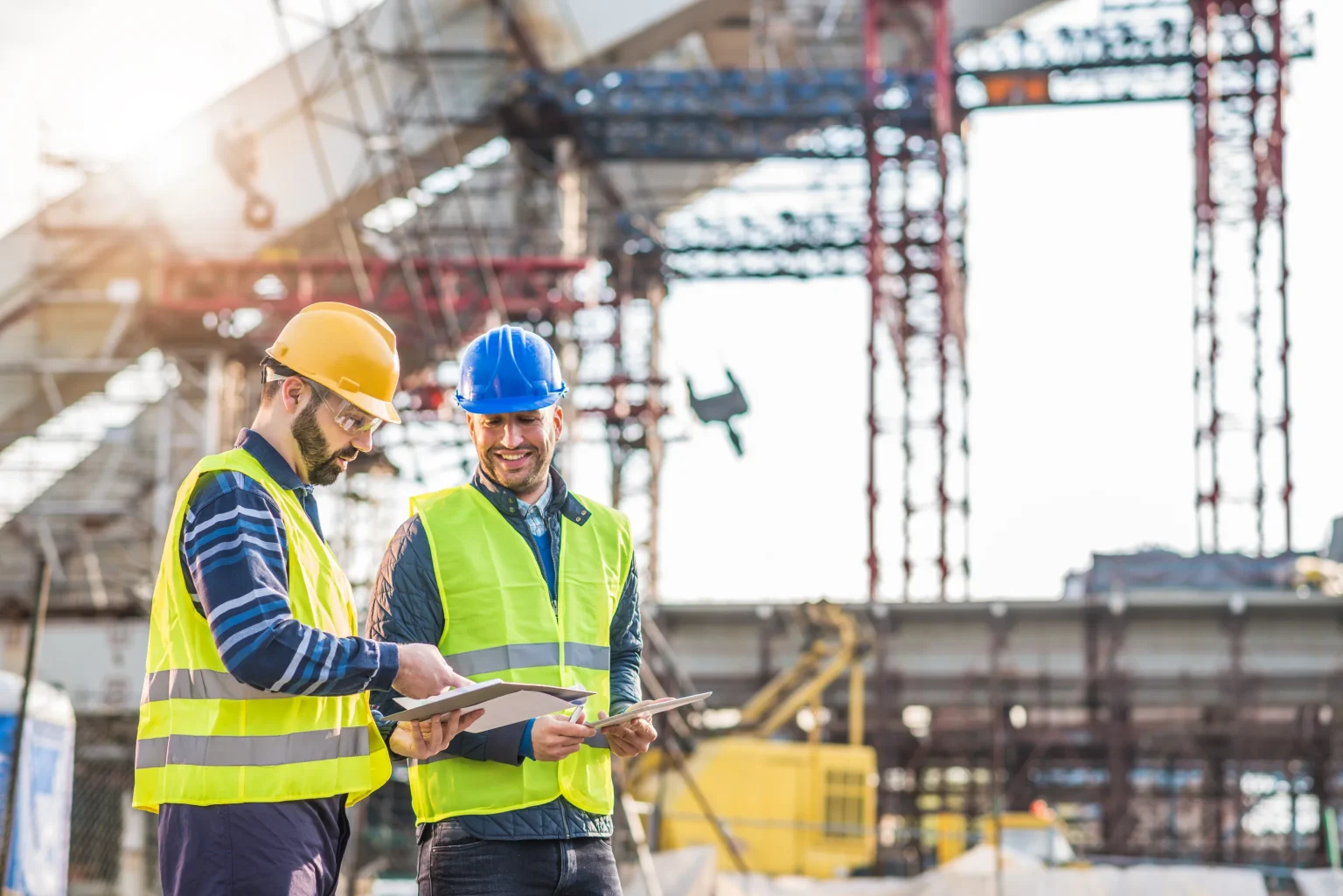Seismic retrofitting is a critical process for improving the earthquake resilience of existing structures. As our understanding of seismic risks evolves, retrofitting has become an essential aspect of maintaining the safety and integrity of buildings, especially in earthquake-prone regions. Central to this process is the structural engineer, whose expertise plays a pivotal role in ensuring that buildings are better equipped to withstand seismic events. This article explores the importance of the structural engineer in seismic retrofitting projects and highlights their key contributions.
The Role of a Structural Engineer in Seismic Retrofitting
A structural engineer specializes in analyzing and enhancing the load-bearing capacity and stability of structures. In seismic retrofitting projects, their role is to evaluate existing buildings and design modifications to improve their performance during an earthquake. This involves a detailed assessment of the building’s current condition, identification of vulnerabilities, and the implementation of targeted retrofitting measures.
Key Contributions of Structural Engineers in Seismic Retrofitting
- Assessment and Evaluation
The first step in seismic retrofitting is a thorough assessment of the existing structure. A structural engineer conducts a comprehensive evaluation to identify weaknesses and potential failure points that could compromise the building’s safety during an earthquake. This assessment includes analyzing the building’s foundation, load-bearing walls, and connections to determine their ability to withstand seismic forces. By identifying these vulnerabilities, the structural engineer lays the groundwork for effective retrofitting solutions.
- Design and Implementation of Retrofit Solutions
Once the assessment is complete, the structural engineer designs retrofitting solutions tailored to the building’s specific needs. These solutions may include reinforcing the foundation, adding shear walls, or installing seismic isolators to absorb and dissipate seismic energy. The structural engineer ensures that these modifications integrate seamlessly with the existing structure while adhering to relevant building codes and standards. Their expertise ensures that the retrofitting measures will effectively enhance the building’s seismic performance.
- Coordination and Collaboration
Seismic retrofitting projects often involve collaboration between various professionals, including architects, contractors, and local authorities. The structural engineer plays a crucial role in coordinating these efforts to ensure that the retrofitting work is carried out efficiently and effectively. They communicate with other team members to address any issues that arise during the project and ensure that all aspects of the retrofitting plan are executed as intended. This collaborative approach helps to streamline the process and achieve the best possible outcome.
- Quality Control and Safety Assurance
Ensuring the quality and safety of retrofitting work is a fundamental responsibility of the structural engineer. They oversee the construction and installation of retrofitting measures, conducting inspections and tests to verify that the work meets the required standards. This includes checking the quality of materials used and the accuracy of installation. The structural engineer’s involvement helps to ensure that the retrofitting measures are effective and that the building is adequately protected against seismic events.
Conclusion
The importance of the structural engineer in seismic retrofitting projects cannot be overstated. Their expertise is crucial in assessing existing structures, designing and implementing effective retrofitting solutions, coordinating with other professionals, and ensuring the quality and safety of the work. By playing a central role in these projects, the structural engineer helps to enhance the earthquake resilience of buildings, protecting lives and property from the devastating effects of seismic events.
As seismic retrofitting continues to be a vital aspect of building safety, the contribution of the structural engineer remains essential. Their skills and knowledge are key to developing and executing solutions that improve the resilience of structures, ensuring that they can better withstand the challenges posed by earthquakes.


